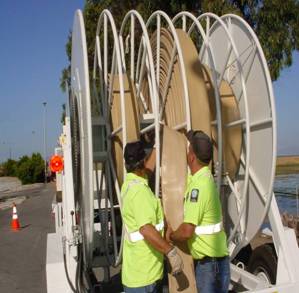
BY-PASS / PUMP AROUND PROCEDURE:
TO BE PERFORMED AFTER INITIAL
STAFFING AND EQUIPMENT
REQUIREMENTS HAVE BEEN
DETERMINED:
(consider hose routing vs. pedestrian/vehicle traffic impact) (picture # 1)
(vac-con may be used to assist in clean-up if required)
††††† (consider hose routing vs. pedestrian/vehicle traffic impact)
∑
Connect the basket strainer to the suction hose.
††††† (make sure to zip tie the cam-lock arms)
(see picture # 3)
∑
Connect the suction hose to the suction side of
the by-pass pump.(see picture # 4)
††††† manhole to be pumped from.
TO BE PERFORMED AFTER BY-PASS PUMP HAS BEEN POSITIONED
∑ Uncouple the pump trailer from the tow vehicle.
∑ Position the tow vehicle safely out of the way.
∑
Place cones and/or barricades as needed for
safety.
TO WATCH VIDEO CLICK
ON THE PHOTO ABOVE
TO BE PERFORMED AFTER PUMP AND SUCTION HOSE ARE POSITIONED:
∑
Position the discharge hose reel trailer near
the discharge outlet of the by-pass pump. (see picture # 5)† Ensure tow vehicle has auto transmission.
∑
Determine which cam lock fitting to be used on
suction.
∑
Connect the first section of discharge hose to
the discharge of the by-pass pump. (see picture #6)
∑
Start the auxiliary engine on the discharge hose
reel trailer. (see hose reel S.O.P.)
∑
Move the in/out lever to the out position to pay
out the discharge hose. (see hose reel S.O.P.)
∑
While paying out the discharge hose tow the hose
reel slowly toward the discharge point.(see picture # 7)
TO WATCH VIDEO CLICK ON PHOTO ABOVE
TO
BE CONTINUED AFTER A SECTION OF DISCHARGE HOSE HAS BEEN POSITIONED
∑
Connect the next hose section or elbow and
continue as needed and secure. (see pictures #8†
)
∑
When the discharge point has been reached secure
the end of the discharge hose prior to energizing the hose. (tie off with rope,
secure with sand bags, etc.)
∑
Determine if containment is needed for
break-down /clean-up after by-pass.
(vac-con may be used to assist in clean-up if required)
TO WATCH VIDEO CLICK PHOTO
ABOVE
TO BE PERFORMED AFTER DISCHARGE
HOSE HAS BEEN ROUTED AND SECURED:
∑
After the discharge hose has been secured, start
the by-pass pump according to the pump S.O.P.
∑
After starting the pump, walk the length of the
discharge hose to ensure there are leaks in the hose and/or cam lock fittings.(see
pictures # 9 & # 10)
∑
Slowly increase the by-pass pump R.P.M.ís
(ensure there are no kinks or leaks)
∑
Continuously monitor suction point and discharge
points to ensure desired performance is achieved. (do not allow by-pass pump to
run dry as damage will occur)
†††††
TO WATCH VIDEO CLICK PHOTO
ABOVE
TO BE PERFORMED AFTER BY-PASS
HAS BEEN COMPLETED:
†
∑
If a suitable fresh water supply is available,
purge the by-pass pump and discharge hose. (ensure that contaminated liquid
drains to a suitable location.)
∑
After required by-pass and/or purging have been
completed, disconnect the discharge hose at highest point in the run and ensure
that waste and water drain out to a safe location. (containment or vac-con may
be required for clean-up)
∑
Begin disconnecting the assembled sections of
discharge hose and re-spool on the by-pass hose reel. (make sure to rewind hose
on the appropriately marked section of the by-pass reel.) (see picture # 11)
TO WATCH VIDEO CLICK ON PHOTO ABOVE
BY-PASS/ PUMP AROUND PROCEDURE PHOTOS
†††††††††††††††††††††† †PICTURE # 1††††††††††††††††††††††††††††††††††††††††††††††††††††††††††††† PICTURE # 2
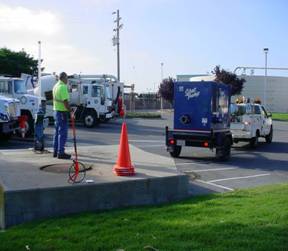 †††††††††
†††††††††
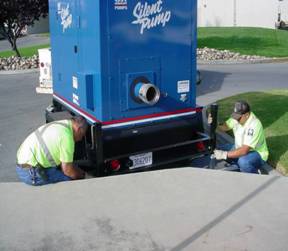
†††††††††††††††††††††† †PICTURE # 3†††††††††††††††††††††††††††††††††††††††††††††††††††††††††††††††† PICTURE # 4
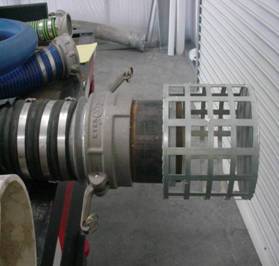 ††††††††††††
††††††††††††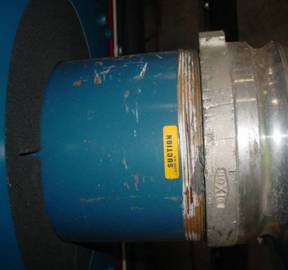
††††††††††† †PICTURE # 5†††††††††††††††††††††††††††††††††††††††††††††††††††††††††††††
PICTURE # 6
††††††† ††††††††††††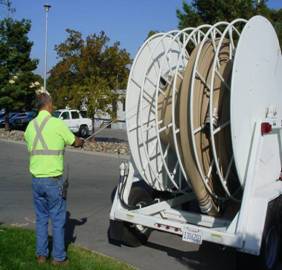 ††††††††
††††††††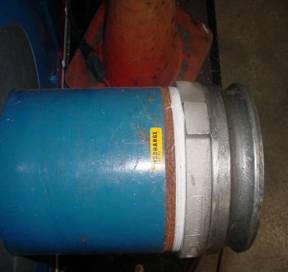
††††
†††††††††††††††††††††††
†††††††††††††††††††††††††††††††††††
††††††††††††††††††††††††††††††††††† †PICTURE #7†††††††††††††††††††††††††††††††††††††††††††††††††††††††† PICTURE #8
†††††††††††††††††††††††††
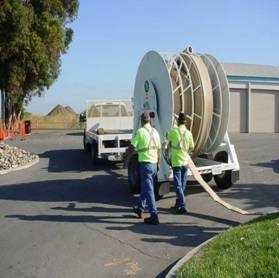 †††††††††
†††††††††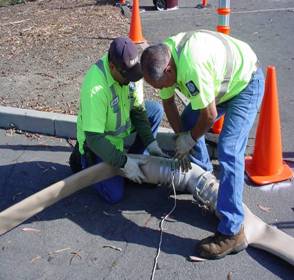
†††††††† ††††††††††††††††††††††††††††††††††††††††††††††††††††††††††††††††††††††††††††††††††††††††††††††††††††††††††††††††††††††††††††††††††††††††††††††††††††††††††
†††††††††††††††††††††††††††††††††††
††††††††††††††††††††††††††††††††††††† PICTURE #9†††††††††††† ††††††††††††††††††††††††††††††††††††††††††††††PICTURE # 10
†††††††††††††††††††
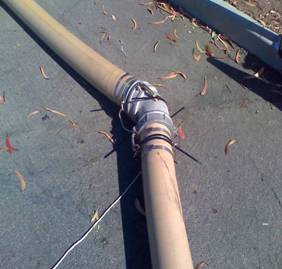 †††††††
†††††††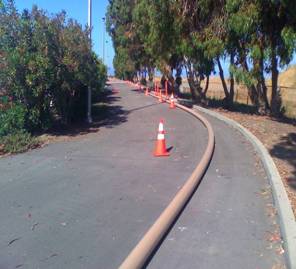
††††††††††††††††††††††††††††††††††††††††††††††††††††††††††††††
†††††††††††††††††††††††††††††††† †††††††††††††††††††††††††††††††††PICTURE # 11
†††††††††††††††††††††††††††††††††††††††††††††††
